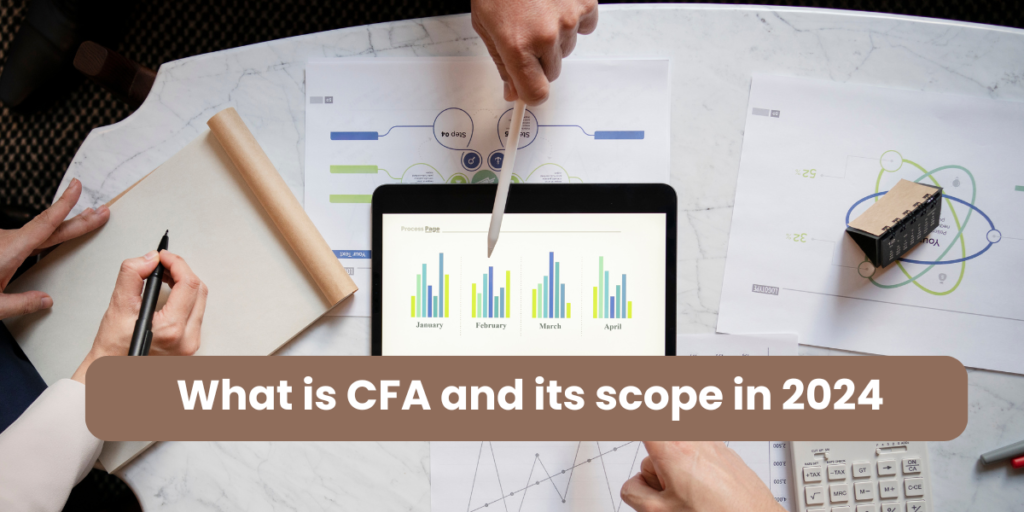What is Forward Rate Agreement (FRA)?
A Forward Rate Agreement or FRA refers to foreign exchange or interest rate hedging strategy. It is an agreement between two parties who want to protect themselves against future movements in interest rates/changes in the currency exchange rate.
Interest rate FRA is a forward contract that gives right and obligation to two parties to agree that a certain interest rate will apply to a principal amount (notional) during a specified future date for specified time.
Get complete FRM Online Course by experts Click Here
The life of an FRA is composed of two periods of time – the waiting period, or forward period and the contract period. The waiting period is the period up until the start of the notional loan. The contract period spans the duration of the notional loan.
FRAs can be based on different periods, and are quoted in terms of months to settlement date and the months to completion of interest period. Consider an example where the settlement date is after 60 days (2 months), and then there is an interest period of 90 days (3 months). The contract will complete after a total of 2+3 = 5 months. This FRA will be referred to as 2×5 FRA.
FRAs are settled using cash on the settlement date. This is the start date of the notional loan or deposit. The exposure to each counterparty is determined by the interest rate differential between the market rate on the settlement date and the rate specified in the FRA contract. There are no principal flows.
Get complete CFA Online Course by experts Click Here
The T2 cash flow of an FRA that promises the receipt or payment of RK is:
Cash flow (if receiving RK) = L x (RK -R) x (T2 -T1)
Cash flow (if paying RK) = L x (R-RK) x (T2 -T1), Where
- L = principal
- RK= annualized rate on L, expressed with compounding period T1-T2
- R = annualized actual rate, expressed with compounding period T1-T2
- Ti =time i, expressed in years
The value of an FRA if we’re receiving or paying is:
Value (if receiving RK) = L * (RK – RForward) * (T2 – T1) * e-R2xT2
Value (if paying RK) = L * (RForward – RK) * (T2- T1) * e-R2xT2
Where: RForward =forward rate between T1 and T2
R2 is expressed as a continuously compounded rate.
Let us see how companies use FRA
Suppose Infosys learns that it will need to borrow $10,00,000 for six months’ time but after 180 days. The interest rate at which it can borrow today is 6-month LIBOR plus 50 basis points. Let us further assume that the 6-month LIBOR currently is at 0.89465%, but the company’s treasurer thinks it might rise as high as 1.30% over the forthcoming months.
The treasurer chooses to buy a 6×12 FRA in order to cover the period of 6 months starting 6 months from now. He receives a quote of 0.95450% from his bank and buys the FRA for a notional of 10,00,000 on Sept 2018.
On the fixing date (March 2019), the 6-month LIBOR fixes at 1.26222, which is the settlement rate applicable for the company’s FRA.
As anticipated by the treasurer, the 6-month LIBOR rose during the 6-month waiting period, hence the company will receive the settlement amount from the FRA seller. The settlement amount is calculated as follows:
Interest differential = 10,00,000 * (1.26222% − 0.95450%) × (182/360) = $ 1555.70
Discounted at 1.26222% to the settlement date, the settlement amount the company will receive is: $ 1545.83
Related Post:








